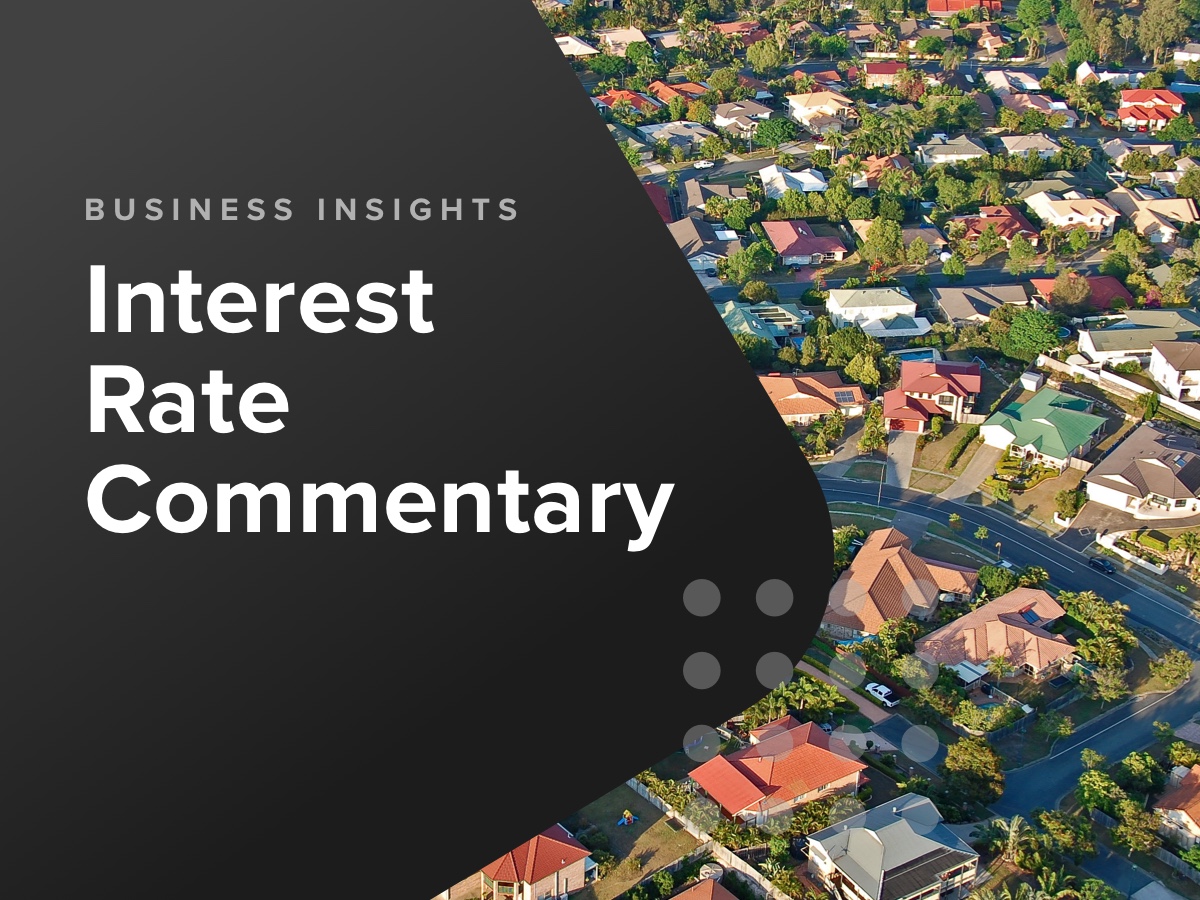The May 2024 unemployment data released today by the ABS offered few surprises, with trend unemployment rising slightly by 0.1 per cent, and seasonally adjusted unemployment falling by the same amount. There was some decrease in hours worked, however the ABS explained that this was broadly to do with illness keeping people home in greater numbers.
The labour market is presenting a conundrum to the Reserve Bank of Australia (RBA), as while unemployment is rising, the labour market is still very tight by historic standards. Still, pressure on wage increases appears to have waned, especially after that Fair Work Commission’s Minimum Wage Review, which at 3.75 per cent is below the current rate of inflation and broadly welcomed by economists concerned about wage rises and their impact on inflation.
However, a continuing healthy labour market, as well as upcoming tax cuts, will make the RBA very cautious about cutting the cash rate too soon. It is likely that the RBA will wait until the full impacts of tax cuts flow through to retail trade, labour force and savings data, which won’t happen until late 2024 and into early 2025.
Despite a strong labour market, CreditorWatch Business Risk Index (BRI) data for April 2024 points to continuing weakness in business conditions, particularly among small businesses. Business liquidation rates are now well above pre-COVID levels, at 0.72 per cent on a rolling annual basis, and the ATO is now in full tax debt recovery mode, with notices of disclosure sent to 26,574 Australian businesses with outstanding tax debts greater than $100,000, as at April 2024.
Business-to-business trade payment defaults were also at record levels in April 2024. Clearly, there are many businesses experiencing cash flow problems – particularly in the construction and food and beverage sectors – and this is likely to lead to further weakening in the labour force over the remainder of 2024.

Get started with CreditorWatch today
Take your credit management to the next level with a 14-day free trial.

